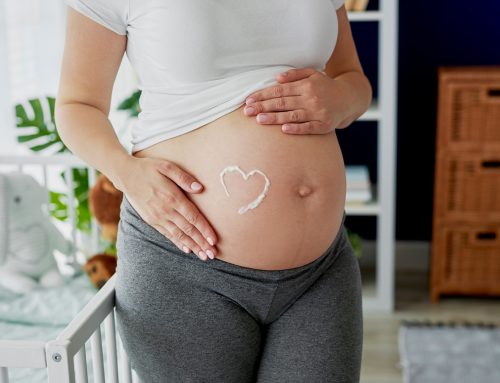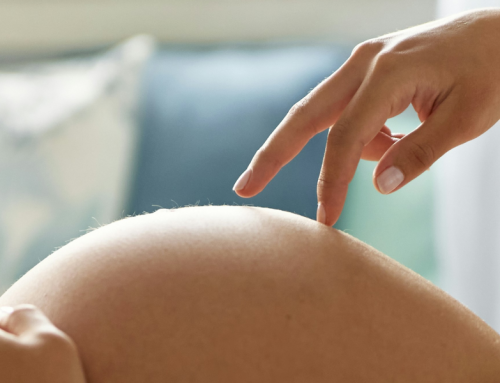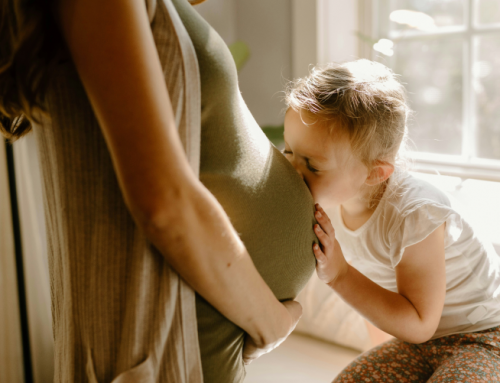The factor that has the most influence on the quality of an embryo is the age of the eggs of the woman undergoing IVF treatment
Patients often wonder whether the selected embryo to be transferred during their in vitro fertilization treatment is the best or the one which has the greatest chance of success. The answer, however, may come as a surprise: the probability of success depends not so much on the embryo itself, as on the age of the eggs of the woman through which it has been generated.
In an in vitro fertilization treatment a number of embryos are generated from the eggs and sperm of a man and a woman. These embryos are left in a culture media in the laboratory, where from the second day on, and according to internationally accepted criteria, it is determined whether the embryo is suitable to be transferred into the woman’s uterus.
Selection criteria
There are 3 criteria for determining whether an embryo is suitable to be transferred: the number of cells it has, whether or not these are symmetrical, and the percentage of fragmentation it has based on the day of life it is at: day 2, 3 or 5.
All embryos classed as suitable are viable for transfer to the woman’s uterus. They have all been generated with eggs from the same woman, and for this reason are very similar to each other. Thus, when faced with the choice of several suitable embryos, choosing one or the other will not significantly vary the chances of success of the treatment. The viable embryos that are not transferred in a cycle can be frozen for future attempts.
Regardless of the shape and appearance of the embryo that we select for embryo transfer, the factor that will have a greater impact on the likelihood of success in assisted reproduction treatment is the age of the woman’s eggs with which this is performed.
Do you have a question about this or any other topic? You can write a comment below and a doctor from our team will answer you personally.





